You may be familiar with borage as a lovely garden herb that produces delicate little blue flowers, blossoms that are perfect for freezing in ice cubes for a refreshing summertime twist in your favorite chilled beverages.
But did you know this herb, known to us botany geeks as Borago officinalis, can also be used as a cover crop to improve the soil?
It can even be used as a green manure when you mix it into your soil or compost, as a source of organic matter and nutrients.
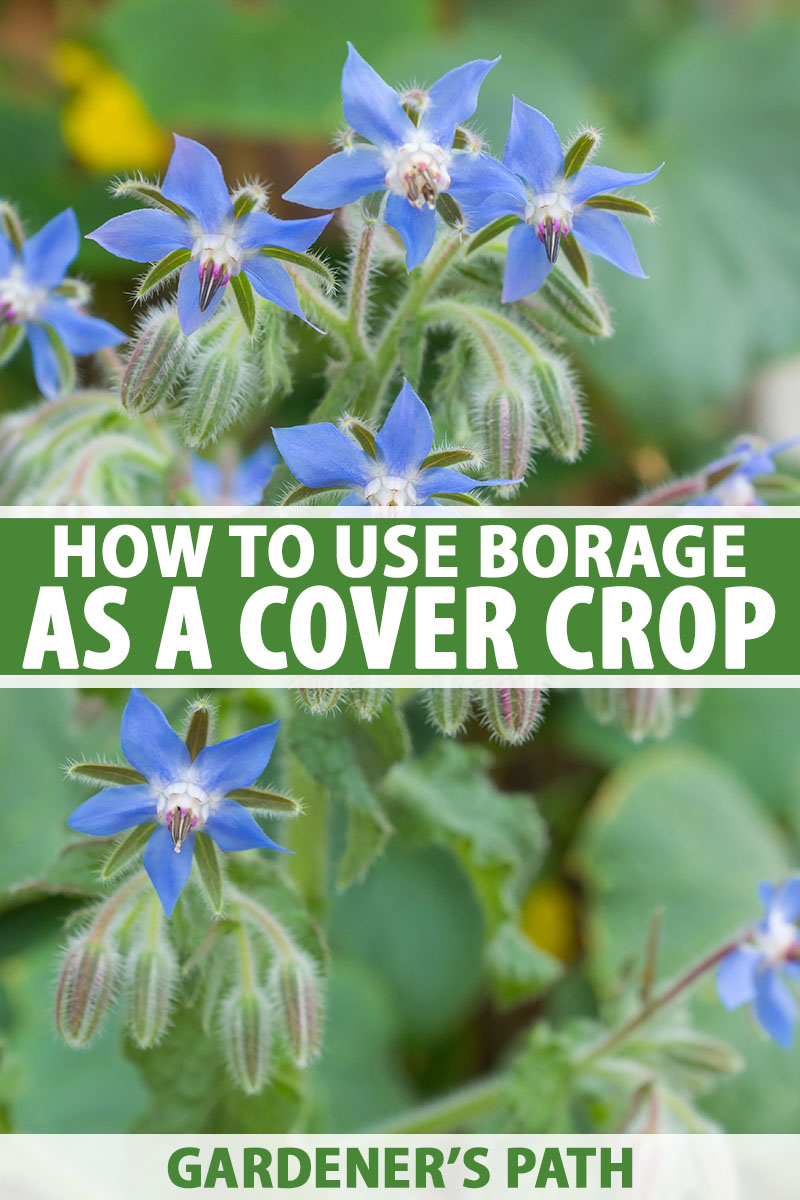
We link to vendors to help you find relevant products. If you buy from one of our links, we may earn a commission.
I’ll go over how to use this herb as a green manure, and the garden benefits of using it as a cover crop. I’ll also offer some solutions for sourcing borage seeds.
Here’s an overview of what’s ahead:
What You’ll Learn
Garden Benefits of Borage
When you think about cover crops, borage is probably not the first thing that comes to mind. Perhaps you envision a field sown with buckwheat, field peas, or clover – or maybe grains like rye or oats.

Two other cover crops that are also used fairly widely – comfrey and phacelia – are closely related to borage, with all three being members of the borage family, Boraginaceae.
Both comfrey (Symphytum officinale) and phacelia (Phacelia tanacetifolia) figure prominently in agricultural research studying the benefits of cover cropping and green manure.

But while borage has proven itself useful in removing heavy metals from the soil, it has not yet been studied widely for other types of soil improvement.
However, as we gardeners embrace more organic gardening methods, we are expanding our repertoires of soil-improving plants, and many gardeners are experimenting with using this herb for this purpose.

More hard research needs to be done to assess borage’s usefulness in this area, but in the meantime, let’s consider the known benefits that this herb can bring as a cover crop.
Soil Improvement
Much like daikon radish that is used to “till” the soil, this herb can improve it with its roots – it has a long taproot that plunges deep underground.
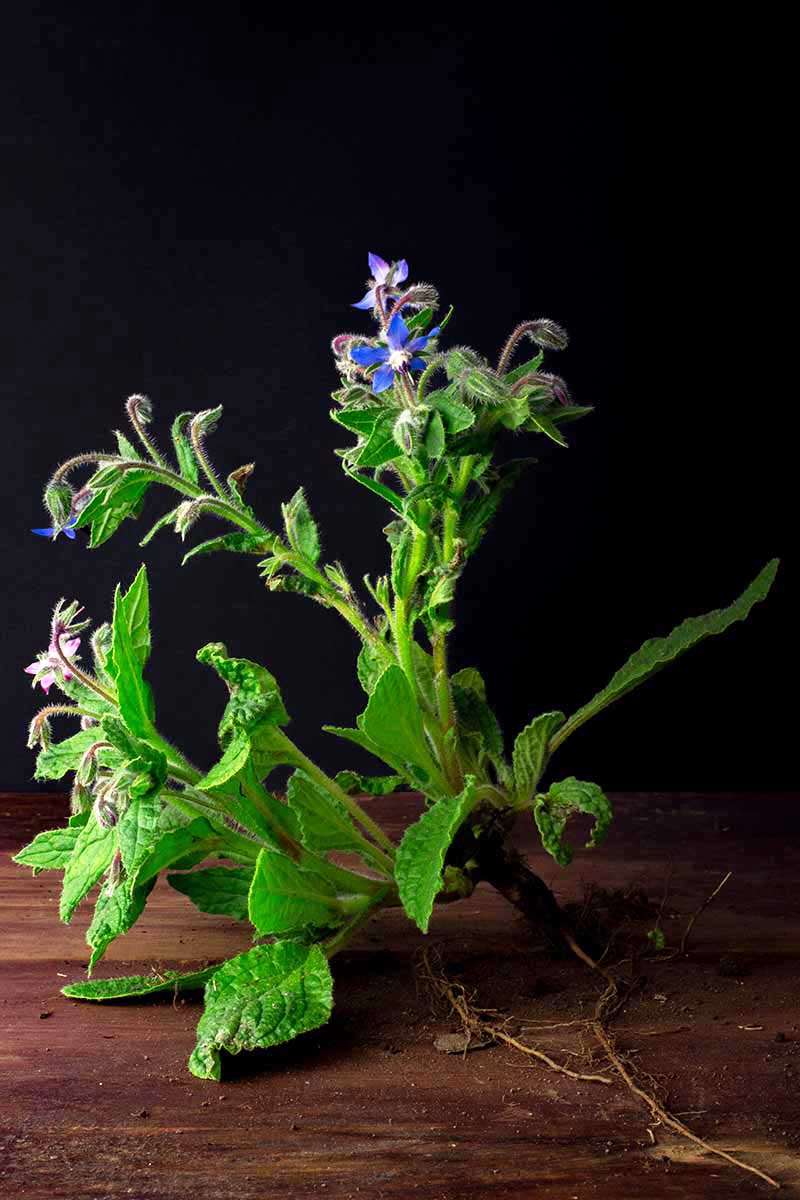
When plants are pulled up, or tilled under and allowed to break down, the effect of these taproots results in improved soil drainage and aeration.
To get the best use of your plants in this way, you’ll need to let them mature so their taproots grow to a large size.
Soil Protection
Borage grows quickly in early spring and has wide leaves, so it can act like a living mulch.
These wide leaves cover the bare ground, protecting it from runoff and erosion where frequent spring rains might otherwise wash the soil away.

To take advantage of this herb as a living mulch, it can be sown on fallow land, interplanted with other crops, or grown in garden beds as a cool season cover crop and then removed before warm season veggies are planted.
Weed Suppression
Another benefit of this herb’s wide leaves? They spread out, suppressing weeds that would otherwise be able to take advantage of sunlight, water, and space provided in bare soil.
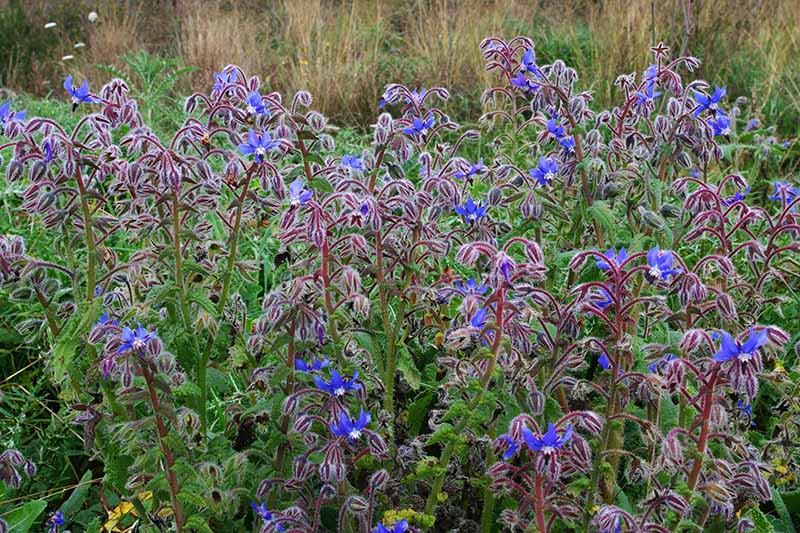
In a paper published in 2012 in the International Journal of Agricultural and Biosystems Engineering, F. Zaefarian and colleagues concluded that interplanting borage with sweet basil and corn resulted in greater weed suppression compared with monocultures – that’s to say, crops of one type that weren’t interplanted with other species.

To reap its weed-suppressing benefits, interplant your main edible crops with this annual herb.
When your main crops spread and require more room, borage can be removed before maturity and added to your compost, providing organic matter and nutrients.
Water Retention
Another benefit of its living mulch status is that borage can help to prevent the soil from drying out and help it to retain water.
Bare soil easily loses water through evaporation, whereas areas planted with borage instead will hold on to moisture longer.

In addition to its mulch-like leaves, its roots may also aid in soil water retention.
The roots of this and other plants allow water to filter down into the soil, helping rainwater or irrigation water sink in rather than running off.
Insectary
Cover crops are sometimes used as insectaries, plants that attract beneficial insects such as pollinators and predatory insects.
Borage works wonderfully as an insectary – the bees and butterflies in my own garden can attest to this!

It offers beneficial insects both food and shelter, and is in bloom from approximately June through September, offering nectar to bees, butterflies, and many other pollinators for much of the summer.

In addition to home garden use, this herb can be sown in orchards to provide pollinating honeybees with an early forage source in the spring.
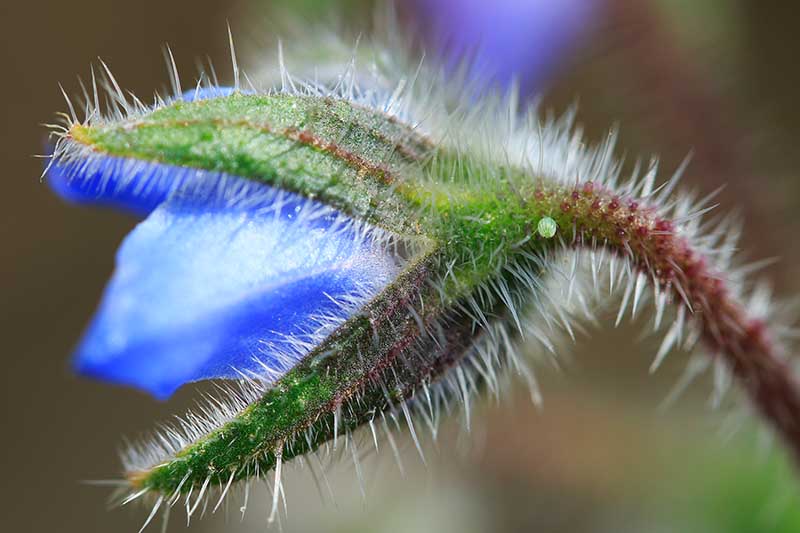
Lacewings lay their eggs on the leaves, and painted lady butterflies use it as an anchor for their chrysalises, to go through their transformations from lowly caterpillars into beautiful butterflies.
To take advantage of this herb as an insectary plant, let it flower and remain in your garden throughout the growing season, or at least until you can provide the insects with other sources of forage and shelter.
And if you’d like to learn more about the art of cover cropping, dig into our article on the subject!
Borage as Green Manure
Plants are used as green manure when they are tilled or worked into the soil – just as you would with animal-based fertilizer.
And while the research on using borage in this fashion really isn’t conclusive yet, as of this writing, that doesn’t mean farmers and gardeners aren’t doing it.
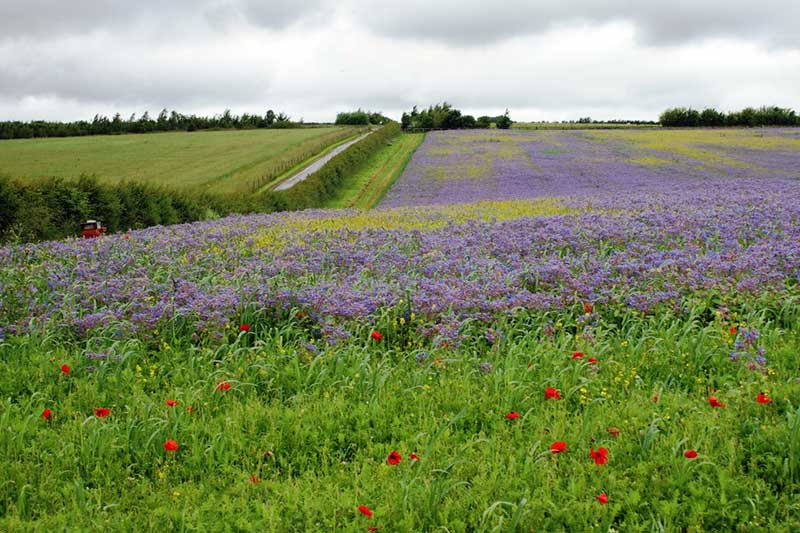
Remember that I mentioned this herb can be used to remove heavy metals from contaminated soils?
The plants take up heavy metals through their roots and store them. The plants are then disposed of, leaving behind safer, less polluted soil.
Well, heavy metals aren’t the only thing this plant can bring up from the soil.
Because this herb has a long taproot, it brings up nutrients from deep in the soil and stores them in its leaves, as comfrey does.

Like other plants used for this purpose, once the nutrients are in the plant’s leaves and stems, they can be tilled up and returned to the upper levels of your soil to help feed other crops – or added to your compost to enrich it.
Tilling this plant into the earth or placing it in the compost pile will transfer those nutrients to wherever you want them.
Just keep in mind that if cover crops are grown in areas polluted with heavy metals, all plant material will need to be disposed of, not composted, or the contaminants will be put back into the soil.

It’s important to remember though, there’s a difference between green manure and animal manure.
Animals such as chickens or sheep have already broken down the original plant material for you by eating it and transforming it in their digestive system.
Manure from animals is also typically “aged” or composted before sprinkling it on garden beds as it can be quite acidic and may burn plants.
Green manure, on the other hand, hasn’t been broken down yet. If you add it to your soil as is, it will break down gradually, providing a slow release of nutrients.
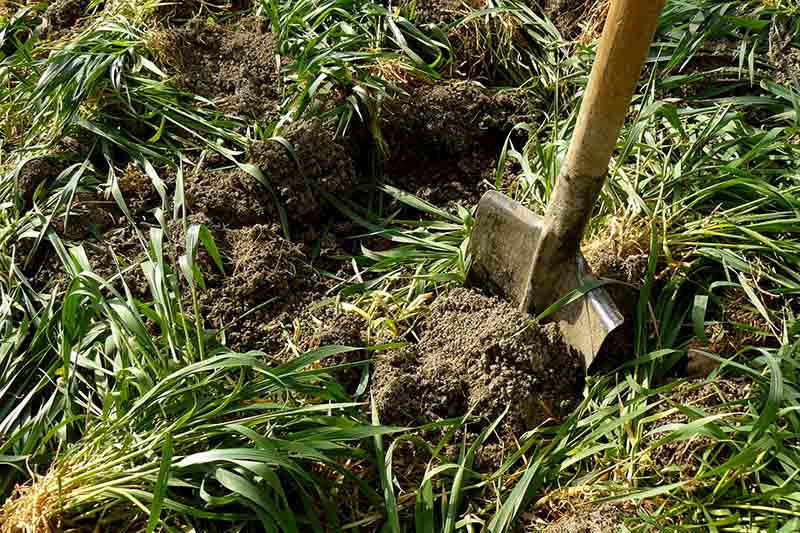
Once you have this herb growing in your garden, you can decide whether to use it for this purpose.
If you choose to do so, dig plants back into the garden before flowering, since they self-seed easily.
Also, it is recommended that you wait two to three weeks after mixing plants into the soil before sowing new crops.
This is because, like the addition of compost or worm castings, it can temporarily heat up the ground and inhibit seed germination.
Sourcing Seeds
If you’re ready to grow this plant, you’ll learn everything you need to know in our “How to Grow and Care for Borage Plants” and its supplement, “When and How to Plant Borage Seeds.”
You can find seeds in a variety of packet sizes available at Eden Brothers.
Borage, You’re Soil Good to Me!
Even if the full science report isn’t available on this garden herb, it can still bring benefits to the garden as a cover crop, and maybe even as a green manure!
Just be ready for borage volunteers to spring up if any of those plants were allowed to go to seed. As far as volunteers go, you could do a lot worse.
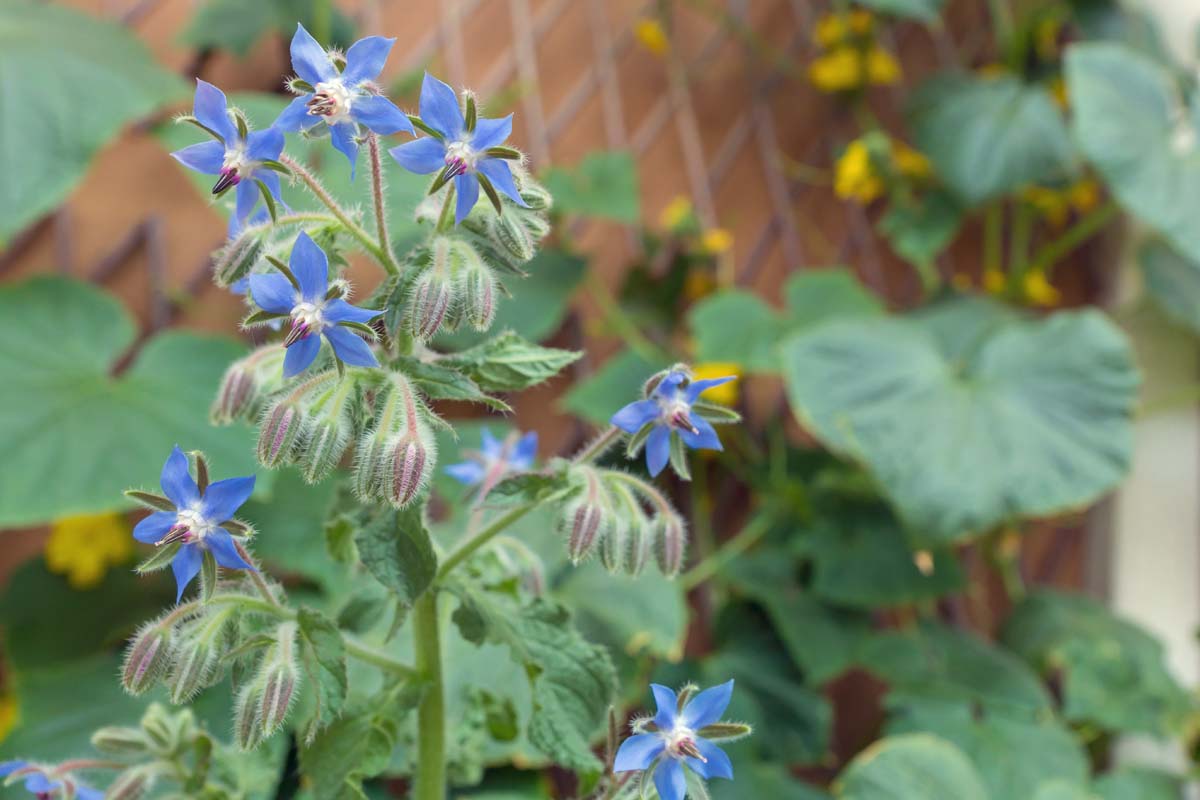
Have you tried growing borage as a cover crop? Share your experiences in the comments. And have you tried tilling this herb into your soil? Do tell, we’d all love to hear how it went for you.
If the idea of improving your soil to grow bushels of delicious produce is right up your alley, here are a few more articles that might be of interest:
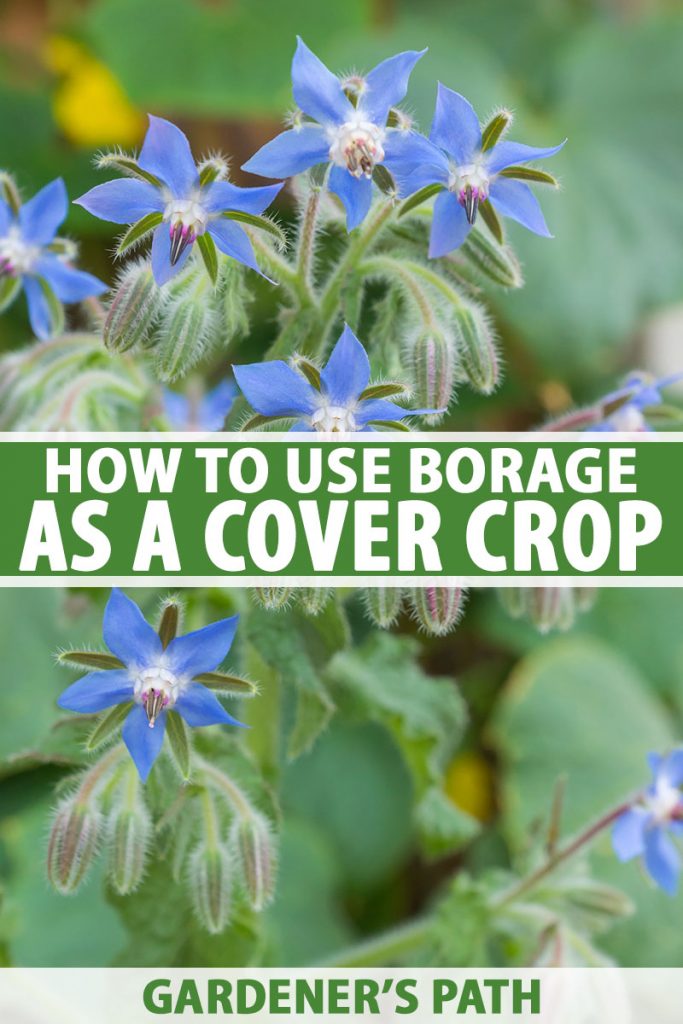


Hi! I just bought 3 acres and havent homesteaded before. I am reading about borage in that it removes heavy metals. My land has been farmed for years and I want to use a portion for gardening and growing a cover crop of annual rye. I suppose I should remove heavy metals first before using the green manure. Do you know if planting borage, lets say in a 50×50 plot for one summer season is enough time to make the soil healthy enough for use?
Hi Jennifer, Sounds like you are embarking on an exciting project – congratulations to you! Regarding heavy metal remediation of the soil, you really won’t know what you’re working with (and what the results of your efforts have been) unless you test your soil first, and then again after any remediation steps. You can learn more about the soil testing process in our article. As for using borage for heavy metal remediation, I wouldn’t just assume that the soil is now healthy because you have grown borage there for X amount of time that it is now free from heavy… Read more »
Hi, Borage is one of my faithful garden friends. I bought seed one time. Planted a few seeds that were great pollinator attractants that summer. Many years later, I still have borage plants popping up each spring and I remove the ones that are directly in my way in planting a row of vegetables but leave a lot of other plants that aren’t really in the way. They bloom happily and at the end of the summer I toss them in my compost bin …. love them. Oh, and I’ve started saving some of the seeds that ripen in the… Read more »
Hi Jan,
My strategy with borage volunteers is the same as yours – leave the ones that aren’t in the way. It’s worth it for the pollinator benefit.
Thanks for sharing your experience with borage and best of luck with your farm garden experience!